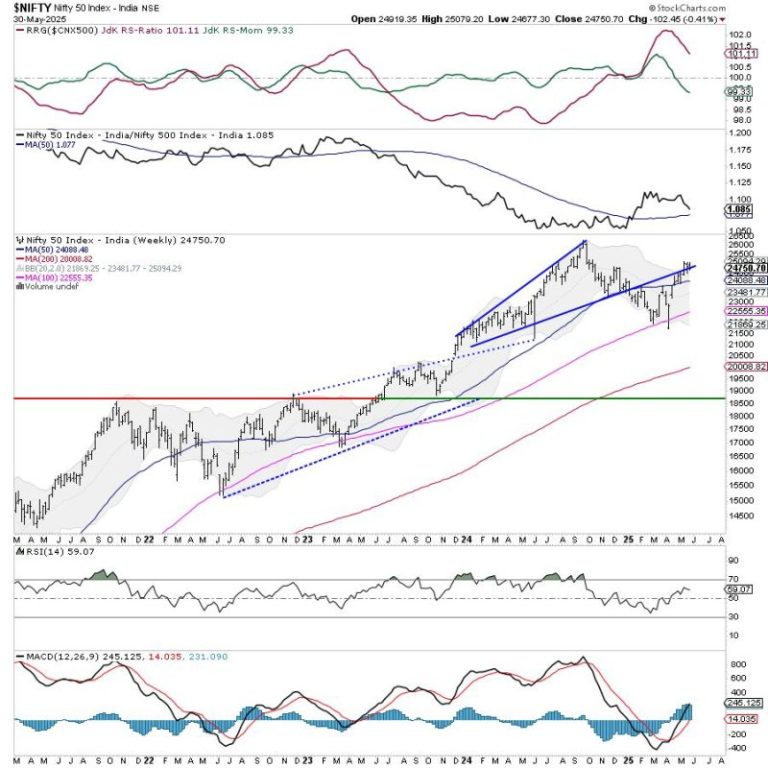Erin Patterson, the Australian woman accused of killing three people and attempting to kill a fourth with a meal laced with death cap mushrooms, has taken the stand in her own defense at a trial that has captured worldwide attention.
On Monday, the start of the sixth week of the trial, Patterson told the court about her relationship with her estranged husband Simon, whose parents, Don and Gail Patterson, were among the guests who died after attending lunch at her house in July 2023.
Gail’s sister, Heather Wilkinson, also died after eating Beef Wellington at lunch, but her husband, Ian Wilkinson, a pastor at their local church, survived after spending several weeks in hospital with acute poisoning from Amanita phalloides, the world’s most toxic mushrooms.
Prosecutors allege that Patterson, who has pleaded not guilty to all charges, deliberately laced the beef dish with lethal mushrooms, after seeing their location posted on a public website. Her defense lawyers argue the deaths were a “terrible accident,” and while they acknowledge Patterson, 50, repeatedly lied to police, they say she didn’t intend to kill her guests.
The mother of two told the court that her relationship with her husband was merely “functional” in July 2023, and that she had started becoming concerned that he wasn’t involving her in family gatherings anymore.
Her self-esteem was low, and she was so unhappy with her weight that she was considering gastric bypass surgery, she told the court.
“I’d been fighting a never-ending battle of low self-esteem most of my adult life, and the further inroads I made into being middle aged, the less I felt good about myself,” she said.
How Erin Patterson met her husband
Patterson’s defense attorney Colin Mandy SC asked her about the start of her relationship with Simon Patterson, the father of their two children. Patterson told the court she met Simon in 2004 at work at Monash City Council, in the Australian state of Victoria. They were friends at first, before a romance developed several months later.
They married in 2007, at a service attended by Don and Gail Patterson and Ian and Heather Wilkinson. Erin’s parents were on holiday when she got married, so Ian Wilkinson’s son David walked her down the aisle, she told the court.
Patterson said she was “very atheist” when she met Simon. “I was trying to convert him to being an atheist, but things happened in reverse, and I became Christian,” she told the court.
She said she had a “spiritual experience” during her first church service in 2005 at Korumburra Baptist Church, where Pastor Ian Wilkinson delivered the sermon. “I had what I would call a religious experience there, and it quite overwhelmed me,” she said
A traumatic birth
Patterson recalled the traumatic delivery of her first child, who was born by emergency cesarian, after an attempt with forceps failed. Her son spent some time in the intensive care unit, and Patterson said she discharged herself against medical advice so she could go home to be with her newborn.
Patterson spoke about the support Simon’s mother Gail gave her as she cared for her son. “She gave me good advice … relax and enjoy your baby,” she said.
When they were living in Perth, Western Australia, the couple briefly separated for the first time. In 2009, Patterson rented a cottage for herself and their baby, she told the court, while her husband rented a trailer close by. They reunited in January 2010. A second baby came later.
During the course of their relationship, Patterson told the court there were periods of separation.
“What we struggled with over the entire course or our relationship… we just couldn’t communicate well when we disagreed about something,” she said. “We could never communicate in a way that made each of us feel heard or understood, so we would just feel hurt and not know how to resolve it.”
Patterson will resume giving evidence on Tuesday.










